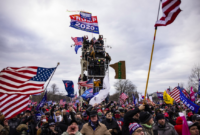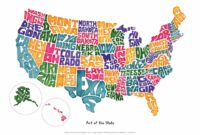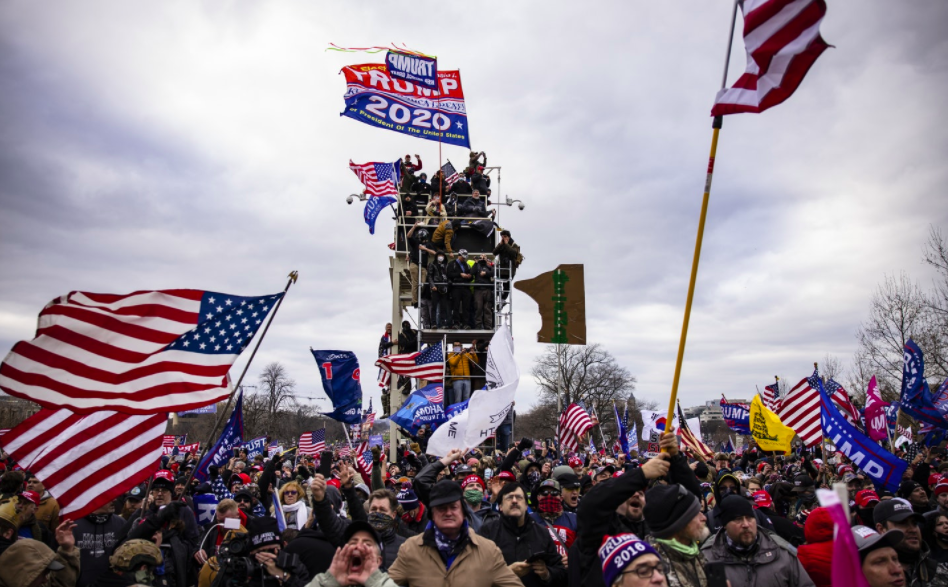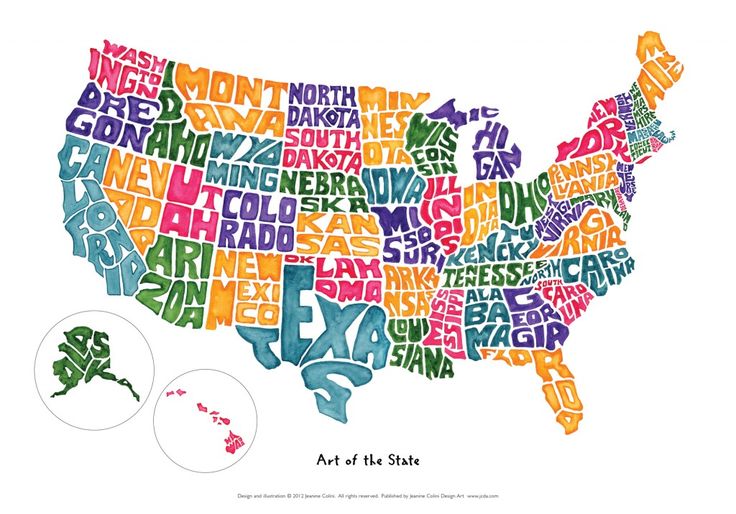The Role of Labor Unions Under U.S. Law
Introduction
Labor unions play a significant role in the U.S. workforce by advocating for better wages, benefits, and working conditions. Governed by various federal and state laws, unions serve as intermediaries between employees and employers, ensuring fair treatment and workplace rights. This article explores the role of labor unions, key legal protections, and their impact on U.S. labor relations.
What Are Labor Unions?
Labor unions are organizations formed by workers to collectively bargain with employers over employment terms. They represent members in negotiations on wages, benefits, working hours, and job security.
Key Functions of Labor Unions:
- Collective Bargaining: Negotiating contracts with employers on behalf of workers.
- Workplace Advocacy: Ensuring fair treatment and addressing grievances.
- Legal Representation: Defending workers’ rights in disputes and legal matters.
- Political Influence: Advocating for labor-friendly policies and laws.
Key U.S. Laws Governing Labor Unions
Several federal laws regulate labor unions and their activities, ensuring both workers’ rights and employers’ interests are protected.
1. National Labor Relations Act (NLRA) – 1935
Also known as the Wagner Act, the NLRA is the foundation of U.S. labor law, granting workers the right to:
- Form, join, or assist labor unions.
- Engage in collective bargaining.
- Take collective action, including strikes, to improve working conditions.
- Prevent employers from unfair labor practices (e.g., union busting, retaliation).
2. Taft-Hartley Act – 1947
The Taft-Hartley Act was introduced to balance the power between unions and employers by:
- Prohibiting certain union practices, such as secondary boycotts and closed shops (mandatory union membership).
- Allowing states to enact right-to-work laws, which prevent compulsory union membership as a condition of employment.
- Requiring unions to provide a 60-day notice before striking in certain industries.
3. Labor-Management Reporting and Disclosure Act (LMRDA) – 1959
Also known as the Landrum-Griffin Act, this law ensures transparency and democracy within labor unions by:
- Requiring unions to hold regular elections for leadership.
- Mandating financial disclosures to prevent corruption.
- Protecting union members’ rights to participate in decision-making.
The Impact of Labor Unions on Workers
Labor unions have played a crucial role in improving workplace conditions, particularly in industries with historically poor labor standards.
Benefits for Workers:
- Higher Wages: Union members earn about 10-20% more than non-union workers in similar positions.
- Better Benefits: Access to healthcare, pensions, and paid leave is often more robust for unionized workers.
- Job Security: Union contracts prevent arbitrary layoffs and ensure due process in disciplinary actions.
- Safer Workplaces: Unions advocate for stricter safety regulations, reducing workplace injuries.
The Challenges Facing Labor Unions
Despite their contributions, labor unions face several challenges in the modern workforce.
1. Declining Union Membership
Union membership has decreased over the years, dropping from 20% of the workforce in 1983 to around 10% today. Contributing factors include globalization, automation, and changing labor laws.
2. Right-to-Work Laws
Many states have enacted right-to-work laws, which weaken union influence by allowing employees to opt out of union dues while still benefiting from union-negotiated contracts.
3. Employer Resistance
Some employers actively discourage unionization efforts through legal and illegal tactics, such as:
- Hiring anti-union consultants.
- Retaliating against pro-union employees.
- Holding mandatory anti-union meetings.
The Future of Labor Unions in the U.S.
Labor unions continue to evolve in response to economic and technological changes. Efforts to expand union influence include:
- Unionizing Tech and Gig Workers: Recent movements aim to organize gig workers and employees in the tech industry.
- Pushing for Legislative Reforms: Proposals like the PRO Act (Protecting the Right to Organize Act) seek to strengthen workers’ rights to unionize and negotiate fair contracts.
- Adapting to Remote Work: Unions are exploring new ways to represent workers in a hybrid and remote work environment.
Conclusion
Labor unions remain a vital force in protecting workers’ rights under U.S. law. Despite challenges such as declining membership and legal restrictions, unions continue to advocate for fair wages, workplace safety, and labor protections. Understanding labor unions’ role and legal framework helps employees make informed decisions about their rights and workplace representation.


















Leave a Reply